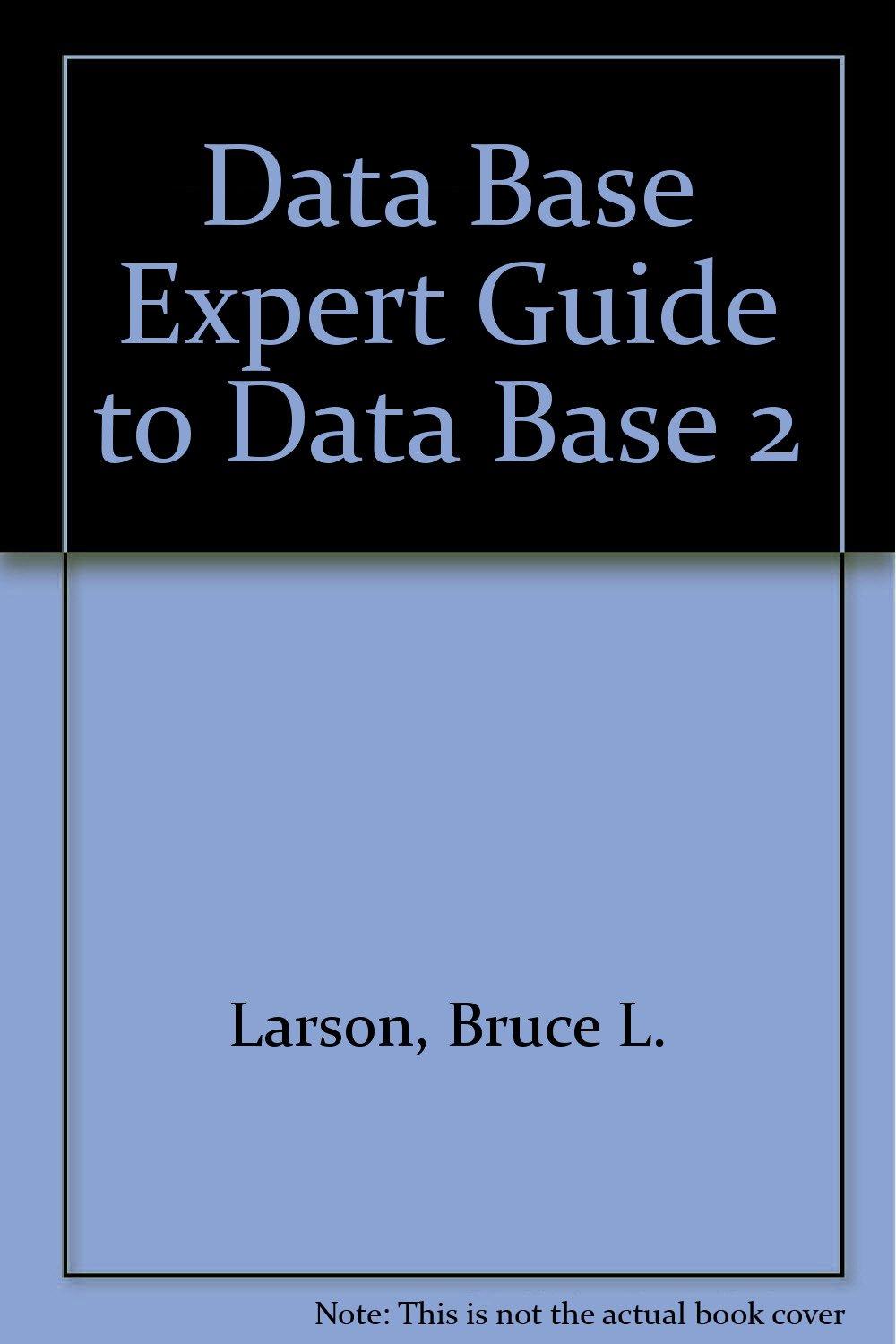Question
I'm working on this assignment and drawing diagram, I need help with question number 3 to make sure I identify all classes... Thank you 1.
I'm working on this assignment and drawing diagram, I need help with question number 3 to make sure I identify all classes... Thank you
1. Please read and analyze the problem statement of Online Stock Trading System.
2. State assumptions you made about the system if applicable.
3. Please identify the classes, attributes (Variables), related operations (methods) and relation between classes (such as generation, aggregation, and etc) to model the system.
4. Please draw the class diagram using UML designer and write data dictionary, i.e. explanation and definition of each class in your diagram.
Problem Statement for an Online Stock Trading System.
A stock brokerage firm wants to provide an online stock trading service to enable its clients to make trades via the computer. With this system, a client must first be registered before he can trade online. The registration process involves the client providing his ID number, address and telephone number. A client may open one or more accounts for stock trading. The stock brokerage firm needs to be registered with a stock exchange before its clients can trade the stocks listed on the stock exchange. A stock brokerage firm can be registered with one or more stock exchanges. The stock brokerage firm may need to pay monthly charges for using the services provided by the stock exchange. Once registered, the client can buy and sell stocks. The client can check the current price, bid price, ask price and traded volume of a stock in real time. The stock price and traded volume information is provided by the stock exchange on which the stock is listed and traded. When a client issues a buy order for an account, the client must specify the stock code, the number of shares and the maximum price (bid price) that he is willing to pay for them. A client must have sufficient funds in his account to settle the transaction when it is completed. When a client issues a sell order, the client must specify the stock code; the number of shares and the minimum price (ask price) that he is willing to sell them. The client must have sufficient number of shares of the stock in his account before he can issue the sell order. A client can check the status of execution of his (buy or sell) orders. The client can issue a buy or sell order before the end of the trading day of the stock exchange which processed the order. All trade orders will be forwarded to the stock trading system of the stock exchange for execution. When an order is completed, the stock trading system of the stock exchange will return the transaction details of the order to the online stock trading system. The transaction details of a trade order may be a list of transactions, each transaction specifying the price and the number of shares traded. An order will be kept on the system for execution until the order is completed or the end of a trading day. There are three possible outcomes for a trade order: 1. The trade order is completed. For a buy order, the total amount for the buy order will be deducted from the clients account and the number of shares of the stock purchased will be deposited into the account. For a sell order, the number of shares sold will be deducted from the clients account and proceeds of the sell order will be deposited into the clients account. 2. The trade order is partially completed. The number of shares actually traded (sell or buy) is less than the number of shares specified in the order. The number of shares successfully traded in the order will be used to calculate the amount of the proceeds, and the clients account is adjusted accordingly. 3. The trade order is not executed by the end of a trading day. The order will be canceled. A stock exchange may require that the number of shares specified in an order must be in multiples of the lot size of the stock. Each stock has its own lot size. Common lot sizes are 1, 400, 500, 1,000 and 2,000 shares. The client can deposit or withdraw cash or stock shares from his account. Upon the deposit or withdrawal of cash or stock shares, the account cash or stock balance will be updated accordingly.
Step by Step Solution
There are 3 Steps involved in it
Step: 1

Get Instant Access to Expert-Tailored Solutions
See step-by-step solutions with expert insights and AI powered tools for academic success
Step: 2

Step: 3

Ace Your Homework with AI
Get the answers you need in no time with our AI-driven, step-by-step assistance
Get Started


